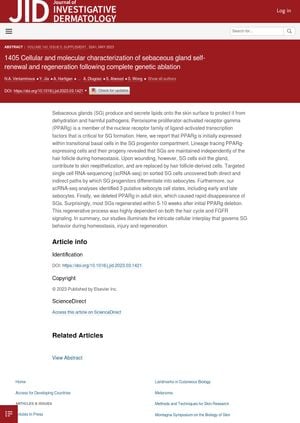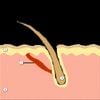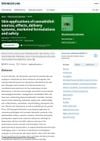Cellular and Molecular Characterization of Sebaceous Gland Self-Renewal and Regeneration Following Complete Genetic Ablation
April 2023
in “
Journal of Investigative Dermatology
”

TLDR The research found that a protein called PPARg is important for the formation and healing of sebaceous glands, which can regenerate independently from hair follicles.
The study "Cellular and molecular characterization of sebaceous gland self-renewal and regeneration following complete genetic ablation" by Veniaminova, Dlugosz, and Wong from the University of Michigan, reveals the role of Peroxisome proliferator-activated receptor-gamma (PPARg) in sebaceous gland (SG) formation and regeneration. The researchers found that PPARg is expressed in the SG progenitor compartment and that SGs are maintained independently of the hair follicle during homeostasis. However, upon wounding, SG cells contribute to skin reepithelization and are replaced by hair follicle-derived cells. The study also identified three putative sebocyte cell states through targeted single cell RNA-sequencing. When PPARg was deleted in adult skin, most SGs regenerated within 5-10 weeks, a process highly dependent on both the hair cycle and FGFR signaling. This research provides insights into the cellular interplay that governs SG behavior during homeostasis, injury, and regeneration.



